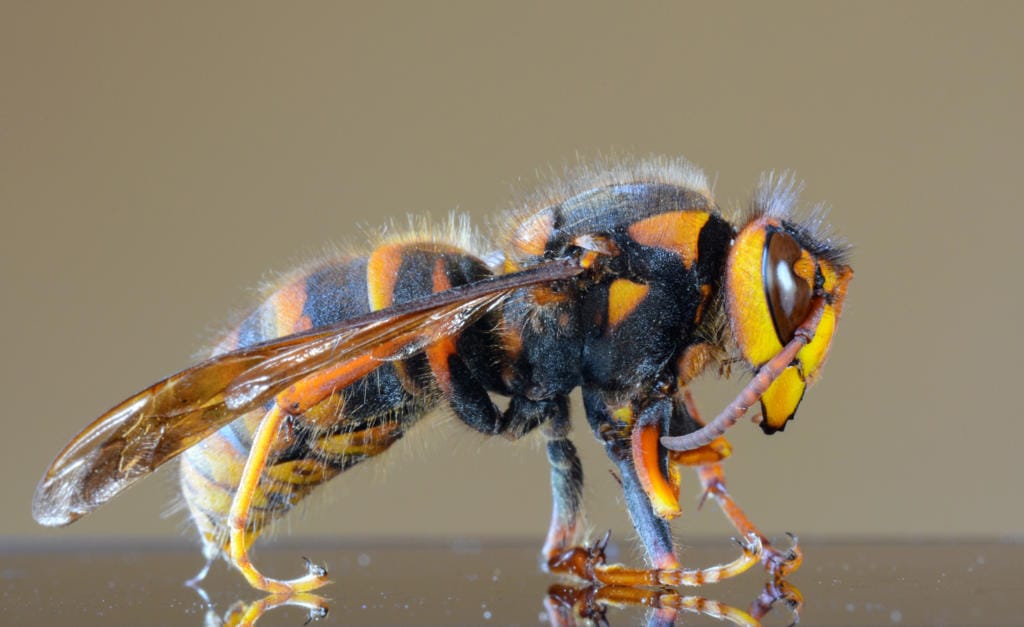LOS ANGELES — People, get a grip. Yes, the Asian giant hornet, now famously known as the “murder hornet,” is one huge scary wasp, capable of decimating an entire colony of honeybees and savagely stinging and possibly killing humans who get in their way.
But since it was reported that two hornets were spotted for the first time in Washington state, the national panic has led to the needless slaughter of native wasps and bees, beneficial insects whose populations are already threatened, said Doug Yanega, senior museum scientist for the Department of Entomology at UC Riverside.
“Millions and millions of innocent native insects are going to die as a result of this,” Yanega said. “Folks in China, Korea and Japan have lived side by side with these hornets for hundreds of years, and it has not caused the collapse of human society there. My colleagues in Japan, China and Korea are just rolling their eyes in disbelief at what kind of snowflakes we are.”
Asian giant hornets are native to Southeast Asia, Yanega said, so finding a knob of them at the western point of the Washington-British Columbia border was reason for alarm. A nest had been discovered and destroyed earlier that fall in Nanaimo on Vancouver Island in British Columbia, around 80 miles from Blaine.
Unlike honeybees, hornet queens create their first nests by themselves, he said, feeding their larvae until they hatch and become a little worker force. Then the queen “retires” to just lay eggs while the workers go out and collect food. Her early eggs are sterile, and she can’t create new queens until the fall.
Which is why, if there are nests in Washington, Yanega said, it’s important to find them now. “Queens have to go all the way from April to September before they can have their own reproductive offspring,” he said. “If we can intercept them any time in between there, we can kill them, and that’s that.”
In the meantime, freaked-out people across the U.S. have started putting out traps, Yanega said, and state apiarists (beekeepers) in Kentucky and Tennessee have announced plans to put out traps this month.
Unfortunately, the bait in those traps — a mixture of orange juice and rice cooking wine — is attractive to all kinds of native insects, Yanega said, and so far, that’s all people have been catching.
Considering the nuisance they can be at picnics and other outdoor events, some people might not fret about killing bees or wasps, giant or not, “but they are significant beneficial insects,” Yanega said. “They eat several times their weight in caterpillars from people’s vegetable gardens and ornamental plants, so indiscriminately killing them does much more harm than good.”



